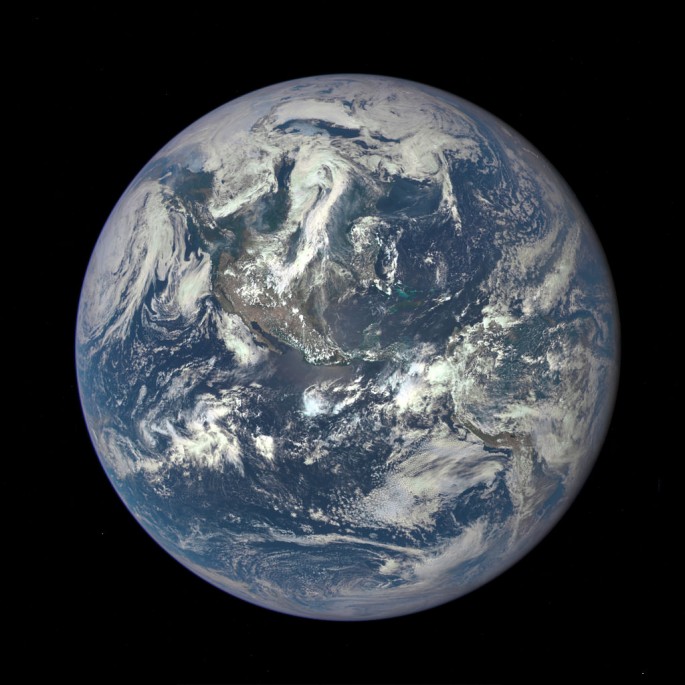Scientists suggest that we might not have found alien life forms because we may be alone in the universe right now, and it may be a matter of time, not distance.
The search for alien life has been happening in the past century now, but the only planet with life we have found so far is our own home planet, Earth. The underlying contradiction between our failure to find one and the high probability of alien life forms existing is called the Fermi Paradox.
In the vast expanding of outer space, our efforts have failed to spot one either, and it is the same as them. We also have not been found yet, if they exist somewhere out there.
An interesting study posted on the website of the Cornell University Library has suggested that we may also be looking in the wrong direction. We only look in exoplanets when searching for life because we are trying to find something that is similar to our own.
But life forms may not necessarily require a star like ours for them to emerge. They may also be on planets and solar systems with much smaller stars.
Aside from the fact that this highly propels the possibility of life forms existing outside Earth, this can also mean that the search for a new habitable planet for humans in the foreseeable future might be easier than we thought. These little stars are called low mass stars, and they are much more frequent than sun-like stars and have a longer life span of more than a thousand fold.
The light, heat, and energy these suns emit may be much, much less powerful than our sun's, but they still create enough to sustain habitable planets. The study hypothesizes that it is far more likely for life to spring out in these low mass stars in the future than it is for life to spring out in a sun like ours.
"Our technology and searching methods are still in their infancy, and we have not looked hard yet. It is faulty to conclude that our failure to find alien biology stems from them not existing in the first place," Dr. Seth Shostak, astronomer at the Search for Extraterrestrial Intelligence (SETI) Institute, told WIRED.
The answer to the Fermi Paradox may also be because advanced alien life forms are not invested in searching for aliens like the way we do, but because they are investing more in virtual reality and technological creation. Once our technology becomes advanced and we still fail to see one, it may be because we were born too soon.
Here is a very good video explaining the Fermi Paradox.



























